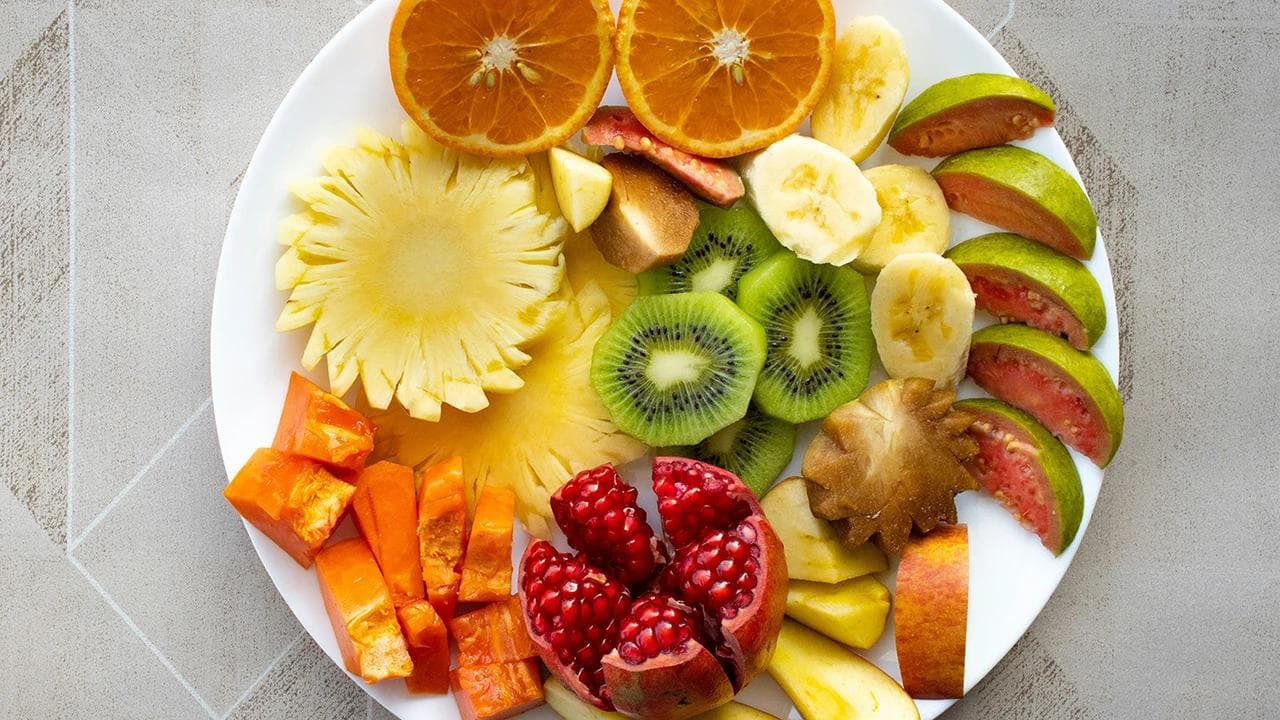The Role of Artificial Intelligence in Sorting Fruits: Apples, Oranges, and Bananas
Artificial Intelligence (AI) is revolutionizing industries across the globe, and one of its less heralded but equally fascinating applications is in the sorting of fruits like apples, oranges, and bananas. This process, quintessential for grocery stores, markets, and packaging operations, involves distinguishing and segregating different types of fruits quickly and accurately. Gone are the days of relying solely on human labor for this task; AI makes it more efficient and reliable.
Traditional sorting mechanisms were often rooted in programmed rules resembling if-else statements, a kind of early decision-making logic planted into a machine’s circuitry. Consider a simplistic computational framework:
Python
This code chunk demonstrates a basic logic system where the existence of a label triggers a routing protocol. However, this rigid structured programming has its limitations – labels can be incorrect, missing, or illegible, rendering the if-else chain impotent.
Enter artificial intelligence. Rather than relying on a predefined label, AI utilizes machine learning algorithms capable of processing visual and sensorial data to identify fruits based on their inherent characteristics such as shape, color, texture, and size.
The Process of AI-driven Fruit Sorting
AI-driven fruit sorting systems employ cameras and various sensors to capture detailed images and data points of each fruit on a conveyor belt. Those images and data are then processed using advanced algorithms. These algorithms might employ Convolutional Neural Networks (CNNs), which are particularly adept at classifying images.
A CNN might 'learn' through exposure to thousands of images of apples, oranges, and bananas with known classifications. Each fruit has identifiable features that distinguish it from the others:
- Apples are typically round with a smooth exterior and come in various shades of red, yellow, or green.
- Oranges tend to be round but with a dimpled texture, and are predominantly orange in color.
- Bananas have a distinctive elongated shape with a yellow skin that may show variable levels of browning.
Using these physical cues, the CNN adjusts its internal parameters every time it makes an incorrect classification during the training phase, gradually becoming more accurate. Once trained, the AI is able to sort fruits with remarkable precision, even when faced with variation or novel presentation.
The Machine Learning Workflow for Fruit Sorting
The workflow of a machine learning model for sorting fruits can be seen as a multi-phase process:
-
Data Collection: Gather large sets of images for each fruit type under various lighting conditions and from different angles.
-
Preprocessing: Standardize the images to aid in feature recognition—this may include resizing, normalizing, or augmenting the data.
-
Model Training: Feed the processed images into a CNN. The network adjusts its weights and biases based on errors in classification.
-
Validation: Test the AI's fruit classification accuracy against a separate set of images not used in training.
-
Deployment: Integrate the trained model into a conveyor-belt system where the AI classifies fruits in real-time.
Consider a binary classification of an apple vs. non-apple. The CNN could output its confidence that a fruit is an apple:
$$ P(\text{Apple}) = \frac{1}{1 + e^{-z}} $$
Here, $P(\text{Apple})$ is the probability that the fruit is an apple, and ($z$) is a function of the weighted sum of inputs (features) plus a bias term, a core part of logistic regression used in binary classifications within neural networks.
Advantages of AI in Fruit Sorting
The use of AI in sorting fruits brings several benefits:
- Speed: AI systems can process thousands of fruits per hour, far outpacing manual sorting.
- Accuracy: The precision of AI algorithms can surpass human sorting, even with non-standard fruit sizes or colors.
- Cost-Efficiency: Over time, the investment in AI sorting technology can be recouped through savings in labor costs and reduction in errors.
- Adaptability: AI systems can be continually re-trained and updated as new types of fruits are introduced or as existing fruits vary in appearance.
Fruit sorting is a prime example of how machine learning and artificial intelligence can have tangible impacts on the efficiency and quality of everyday processes. In increasingly smart factories and supply chains, AI-driven machinery is becoming the new standard, illustrating a harmonious collaboration between human oversight and robotic precision.
As investment continues and technology advances, we can expect this symbiosis to produce even finer degrees of sorting and handling, further transforming industries and the economy at large. After all, AI isn’t just about high-level computation and data analysis—it also has the remarkable capacity to differentiate between an apple, an orange, and a banana with a level of adeptness that is quite simply, fruitful.












